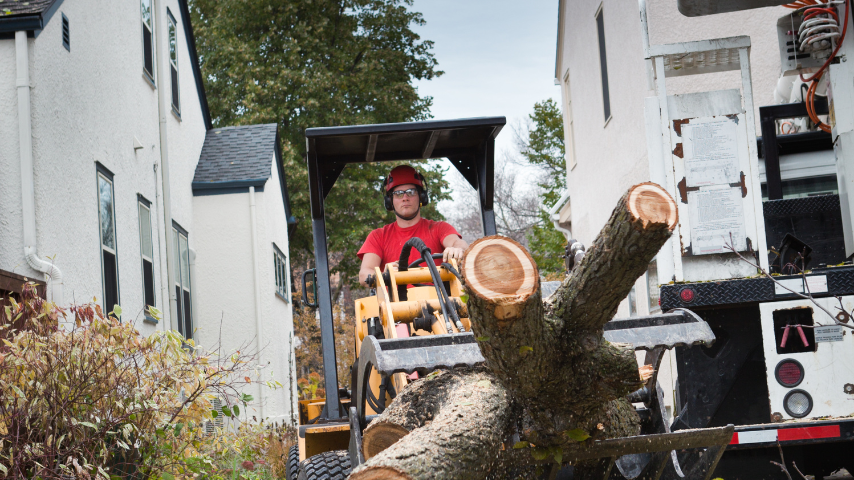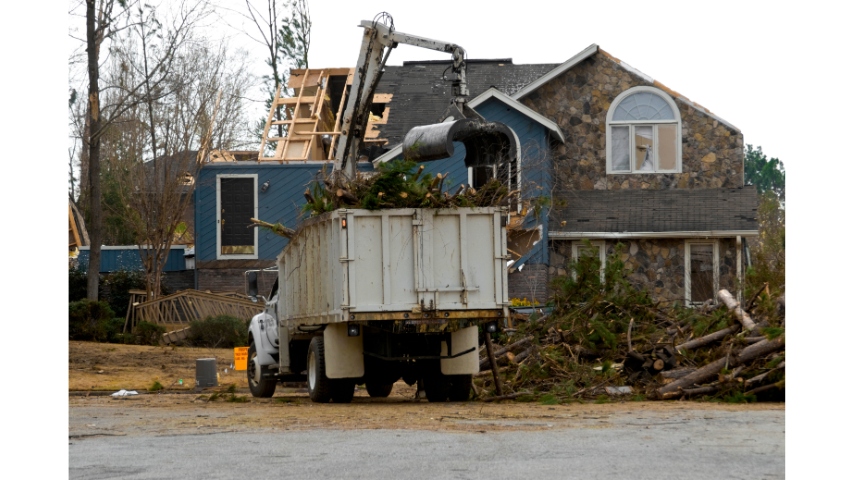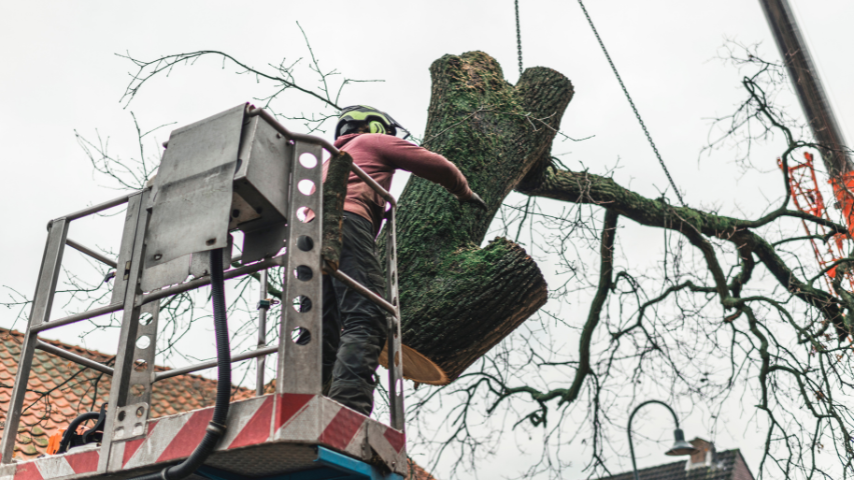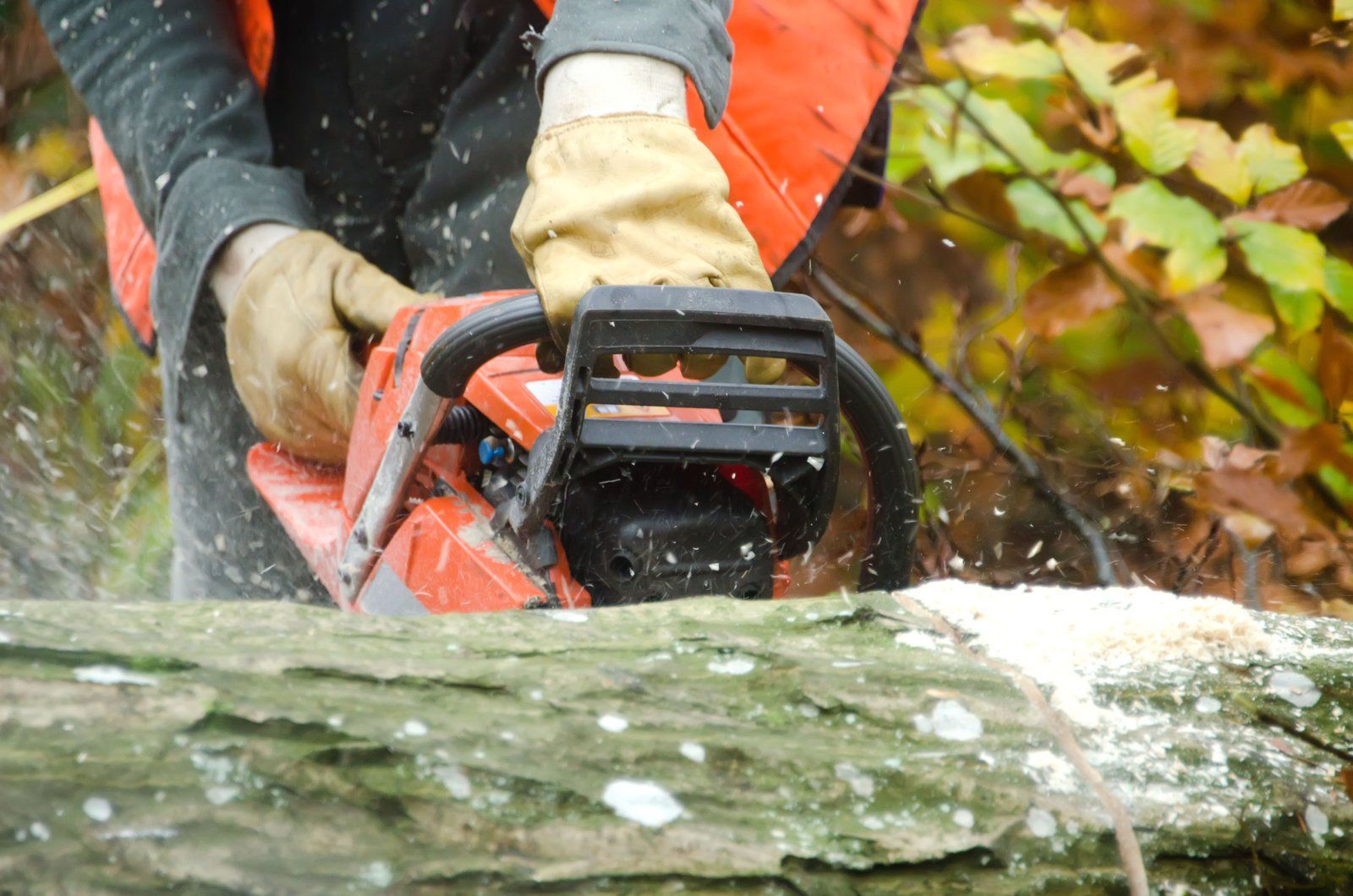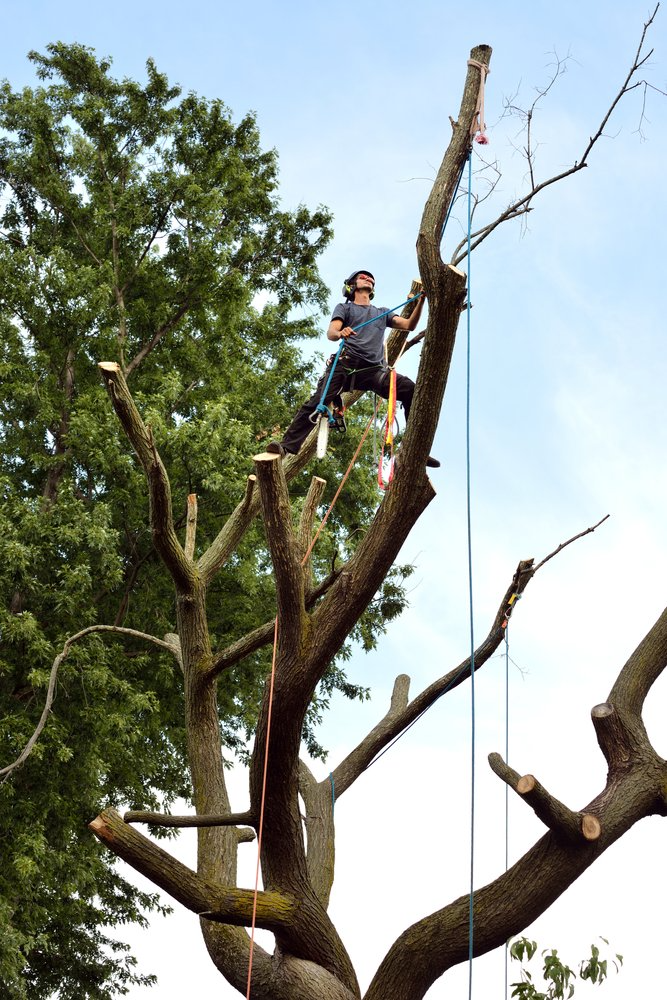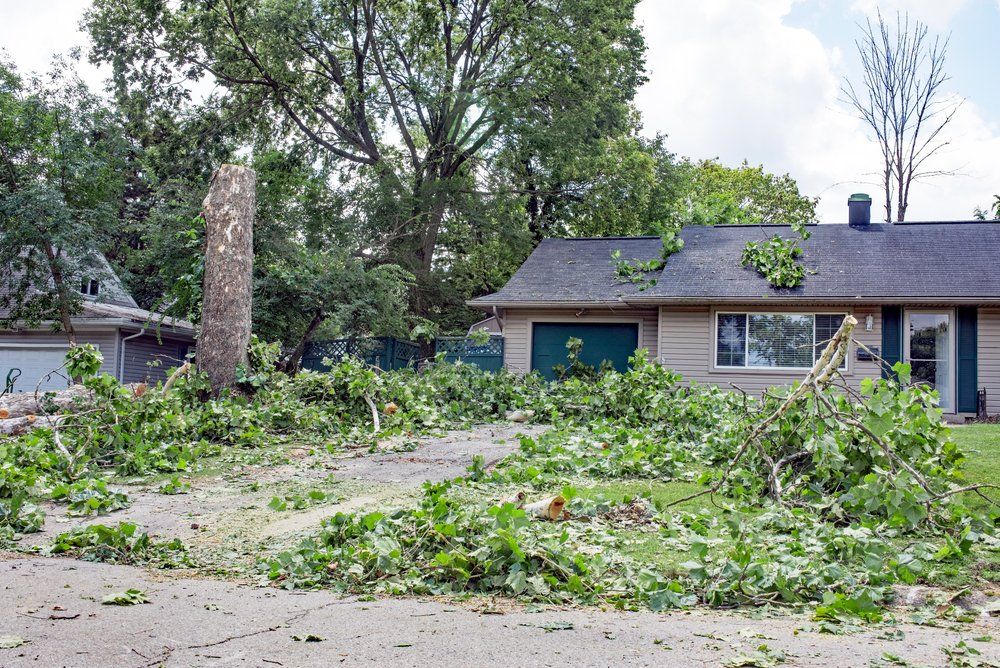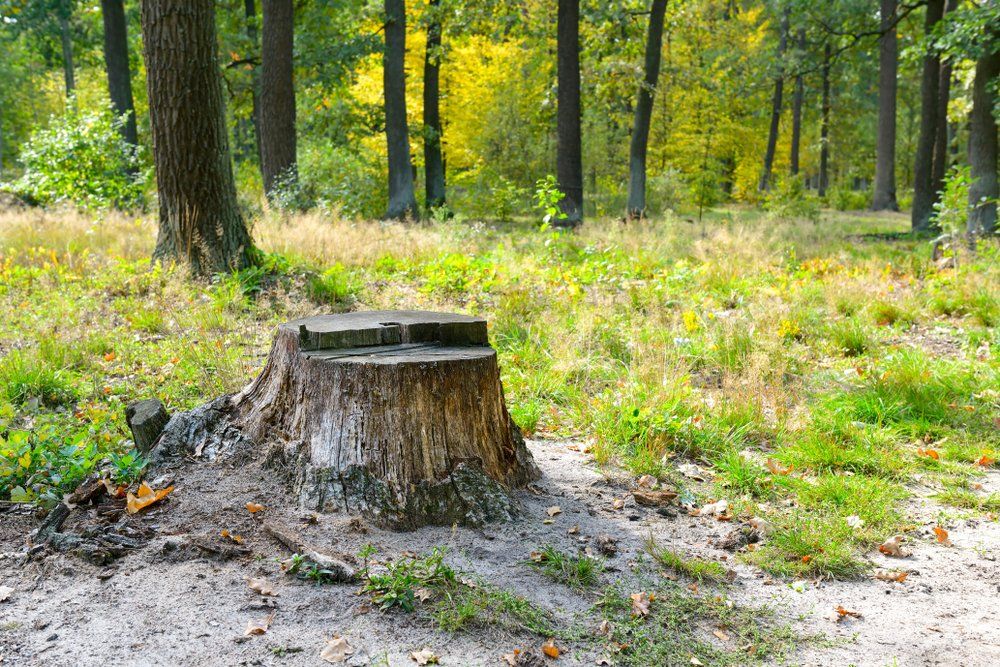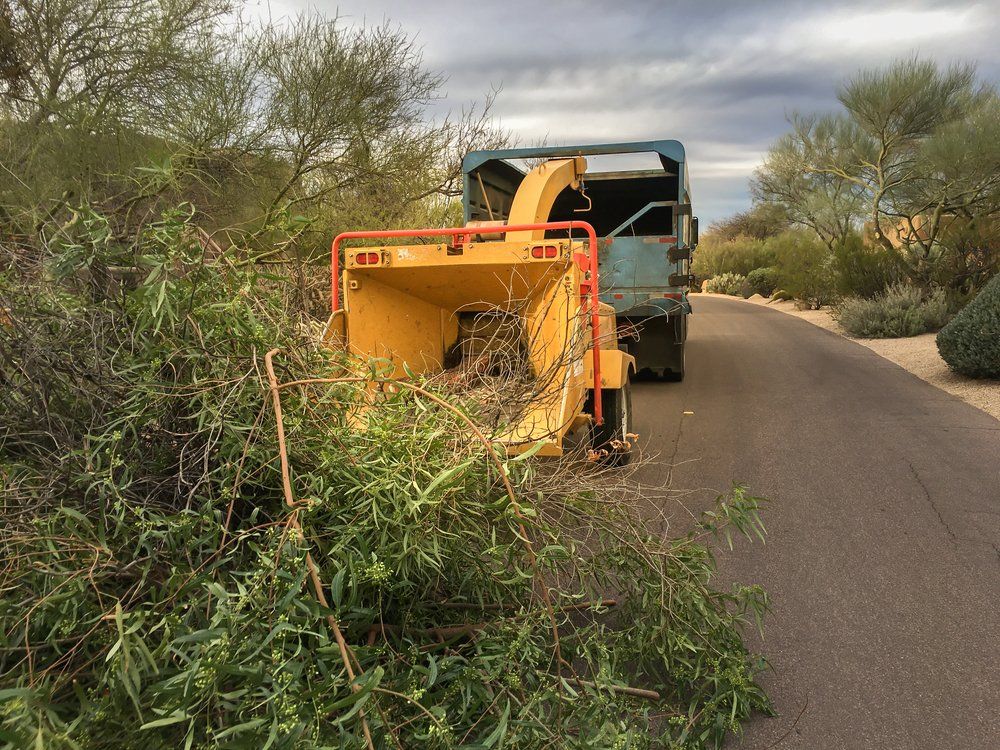How To Plant A Tree That Will Thrive
How To Plant A Tree That Will Thrive
Every tree is different. There are some that will thrive in certain climates, while others don't. If you want to plant a tree that will thrive, make sure to consider where it's going to be planted and what type of tree it is before planting it.
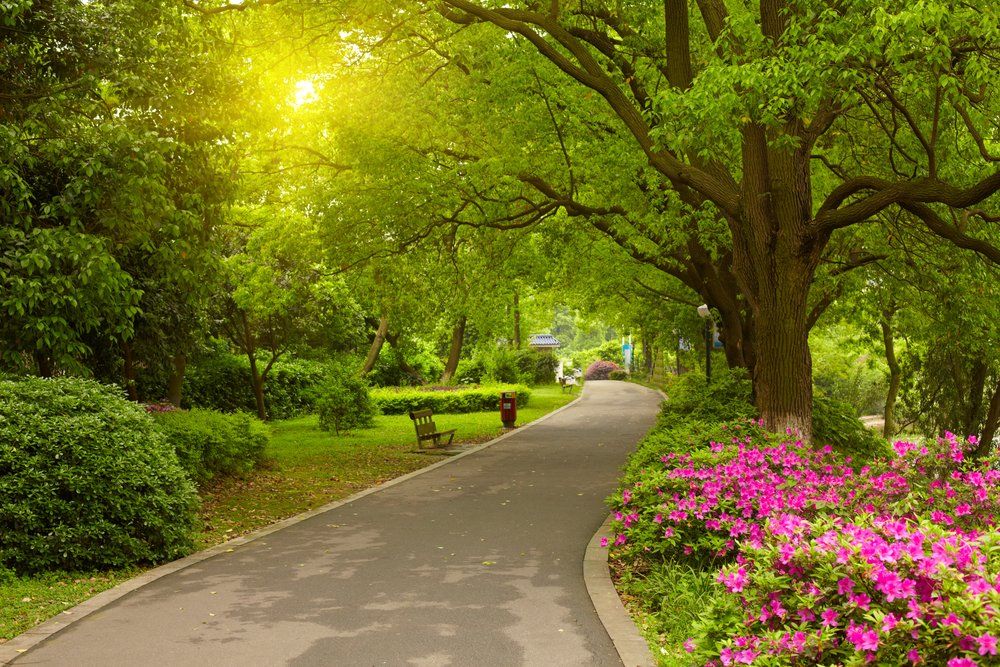
Most trees need sun and water to survive and grow up healthy, but there are some exceptions like the weeping cherry tree which can grow with little or no sunlight at all due to its long taproots for drawing moisture from deep below the surface of the earth.
If you're looking for a tree that thrives in harsh conditions such as shade or poor soil then do your homework first on what type of tree would work best in those conditions so you know exactly what kind of tree to plant.
Trees are a great addition to any property and can provide shade, beauty, oxygen for the rest of your plants, but also reduce carbon dioxide levels in the atmosphere. Take time to research what tree would be best suited for your climate before planting it, so you know it will grow up healthy and strong!
If you're looking for a tree that is low-maintenance, then consider a native tree. These trees are adapted to the climate and soil in their area, so they don't require as much care as other types of trees. However, if you want a tree that will really stand out in your landscape, then you may want to choose a non-native tree. Just make sure you are prepared to take care of it.
In this article, you will learn the secrets to thriving healthy trees.
Techniques for Thriving Healthy Trees
It's time to take your trees out of the shadows and into the sun! You see, trees are living organisms that need proper care in order for them to grow strong branches.
Without adequate sunlight (and thus nourishment) they may never reach their full potential or even die young from stress-related issues such as drought-like conditions while others could suffer heart failure because all these factors combined means less oxygen which leads to poor health overall so we must do everything possible prevent this tragedy by providing ample amounts water through mulching techniques with autumn leaves at least once every month
Determine the location and type of tree
The first step in determining the type and location of trees on your property is an assessment by a professional arborist.
An expert will be able to properly identify each species so that you know what kind can best accommodate any needs or desires for its size, shape, coloration etcetera among other factors with which most people may not have familiarity; some examples include whether they prefer upright or lying down growth patterns as well their proximity both horizontally (distance between trunks) vertical distances up into canopy height above ground level
"Determining where I should plant my tree?" This question could mean different things depending on how big ("diameter") it's going to be relative to the tree's final height.
The idea is to plant it in an area where you can see its shape, not just a tiny seedling that may look like any other tree as it grows up because at first glance there could be many different species of trees with similar appearance but growth patterns and rate/time vary greatly as well as sunlight needs.
Trees are an important part of any landscape because they provide shade from direct sun exposure as well as offer protection against wind damage. There's plenty that goes into selecting one: different species come alive at varying times during their life cycle—some may only have a short growing season while others can grow larger than 20 feet tall!
Prepare the soil for planting
Prepare the soil for planting by adding manure, compost, or other organic matter. This will help to make it easier on you and your plants when they're ready grown!
You can also use a pre-plantation fertilizer according to what type of crop you're growing and how much time there is before harvest so that it has enough nutrients necessary when sprouting from its root system later on down the road!
Before you can plant your tree, you need to prepare the soil. You should loosen the soil up to a depth of about 12 inches and add some organic matter, such as compost or peat moss.
Be sure to spread the organic matter evenly over the entire planting area. Then, use a shovel to make a hole that is twice as wide as the tree's root ball and just as deep. Carefully remove the tree from the pot and place it in the hole. Make sure the tree is standing upright and fill in the hole with soil, making sure to pack it down well. Water the tree well.
Following these steps, you can be sure that your tree will thrive and provide years of enjoyment.
Plant the tree in a hole that is at least three times as wide as its root ball
You should always make sure that the hole is three times as wide as your tree's root ball. This will ensure its stability and growth in size over time, which can help with other plants around it too!
Digging holes with shovels or posthole diggers can be backbreaking work. You have to lift the dirt out of the way, and then move it over somewhere else. It's also hard on your hands and arms because you're constantly holding them up above your head for extended periods of time.
There is an easier way to dig planting holes. You can use a tree planting auger. This tool looks like a long metal pipe with a spiral on the end. When you twist the auger, it digs into the soil and pulls it out in small clumps.
The tree planting auger makes digging holes for your trees much easier. It's faster than using a shovel, and it doesn't damage the tree's root ball. Be sure to get one that is long enough to reach down to the depth of your hole.
You should also make sure that the tree planting auger is made from sturdy material, such as steel or aluminum so that it can handle tough soils.
When you are ready to plant your tree, dig a hole that's at least three times as wide and just as deep. Remove the tree from its pot and place it in the ground so that it is standing up straight. Fill in around the tree with soil and pack it down so there are no air pockets left inside of the planting area.
Be sure to plant it in a hole that is at least three times as wide as its root ball. This will help to ensure that the tree gets enough water and nutrients.
Fill in around the roots with dirt, water thoroughly, and place mulch on top to help retain moisture.
Core aeration is the key to making sure that your plants are getting all of their nutrients. Core Aeration allows oxygen and water into weeds which help prevent cancer cell growth, root rot disease from forming in roots due to lack of salinity/salt levels-it also increases plant-wide yield!
Fill around these areas with dirt then thoroughly mix some composted cow manure over top before layering onto existing layers until desired height has been reached.
To create a successful garden, you need to start with good dirt. Fill in around the roots and water thoroughly so that it is moist but not soggy - this will help keep weeds at bay as well!
Place mulch on top of your freshly turned soil for extra retention power ...After planting the tree, fill in around the roots with soil. Be sure to pack it down well so there are no air pockets. Water the tree thoroughly and place mulch on top to help retain moisture.
You should always make sure that you water your tree thoroughly after planting it. This will help to ensure that the tree gets enough moisture and nutrients from the soil.
Don't just pour a little bit of water on top of the ground because this may not be sufficient for watering new trees properly. Instead, use a soaker hose or drip irrigation system so there is no runoff or evaporation occurring. You can cover up all of these hoses with mulch as well, which will also help retain moisture in between irrigations!
Place mulched around your tree's root area to conserve moisture and hold in some warmth too during those cold winter months! Be sure to place down several inches worth at first though—you don't want to smother your tree!
Keep an eye on your new tree - it will need watering during hot days or periods of drought
It is important to keep an eye on the health of your new tree. It will need watering during hot days or periods when it seems like there isn't enough moisture in the air for plants, and because trees can't sweat like humans do they rely heavily upon groundwater instead which means that if you don’t see any flowing from its spout then something else must have blockage such as a rock perhaps?
Trees are living things and they need your attention. Even if you don't notice a dry spot on the leaves, make sure to check in with them regularly - sometimes even just leaving their branches uncovered during hot days can lead to problems down the line.
After you've planted your tree, it's important to keep an eye on it to make sure that it doesn't dry out. If you live in an area where there is a lot of rain or the tree is under a tree canopy, this probably won't be a problem. You should also be careful about what trees you buy because some trees need a lot more water than others. For example, a tree grown in sandy soil will need more water than one grown in clay soil.
If you are living in an area that is prone to periods of drought, your tree may need more water than usual. Use a soaker hose or drip irrigation system when it's dry outside.
Watch for pests too - if the tree gets any kind of bug infestation, check online to find out what insecticide works best on them and treat accordingly!
Won't I be able to run around in the water all day long? Make sure there is some sort of natural protection (like shade) over top-it will save you money on lawn care services while also keeping roots cool during hot days/periods of drought!
A tree's health is important for both its aesthetics as well as an internal source of moisture; excessive watering needs will cause root rot which could kill it before we know what happened!
Maintain by removing weeds from around the base and pruning branches if necessary if needed after one year or more.
Trees will grow more quickly if they're not hindered by weeds and their branches, so a gardener needs to keep an eye on these pesky plants. If you see some straggling growth after one year or more of maintenance has been done, cut it off!
Even after one's tree is fully established, there are some maintenance tasks that need to be done year after year. One is to maintain weeds from around the tree and tree branch pruning if necessary.
Maintain by performing the basic maintenance tasks like trimming branches and removing weeds from around the base, but don't forget about pruning after one year or more to keep your tree healthy!
Having a tree in your yard is a great way to beautify the space and provide excellent habitat for birds, bees, and other wildlife. However, if you want your tree to thrive it's important that you plant it appropriately based on what type of tree it is.
If you live in an area with plenty of rainfall or under a tree canopy, then this probably won't be much of an issue because trees will naturally get enough water from rain. But if not, make sure that there are no weeds around its base and take care when trimming branches so as not to over-water!

